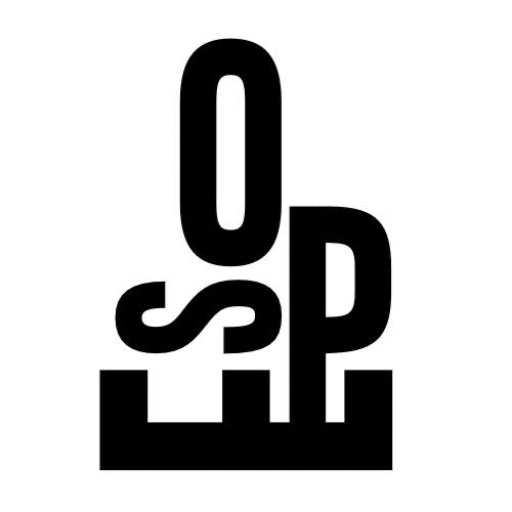Melissa Kime was born in Wiltshire UK in 1989 and currently lives and works in London. She graduated with a BA Fine Art in 2011 from Falmouth University, with a postgraduate diploma in drawing from the Royal Drawing School in 2013 and with an MA in Painting from the Royal College of Art in 2015. She exhibited in Bloomberg New contemporaries, 2014 at the ICA London which was selected by Enrico David, Goshka Macuga and Marvin Gaye Chetwynd and won the Arts Club award at The Royal Academy Summer Show, 2019. She has exhibited widely in the UK and abroad in both solo and group shows, she has won numerous prizes for both drawing and painting and her work is in many private collections.

Artist’s statement
My paintings are set to a Roman Catholic backdrop they are cloaked in Catholic Folklore and magic. The women in my work perform rituals centred upon healing, jinx removal or the prevention of bad things happening-fertility spells and protection but mostly, these women are trying to connect together and survive, through the linking of menstrual blood, plaited hair and autobiographical experiences.

The way the women are linked and fold in on each other like crumpled limbs echoes a rule that I had to follow at my Roman catholic school where the same sex had to stand 6 inches apart and the opposite sex, 12 inches from one another as if to stop us infecting each other from the curse of womanhood or natural desire.
I only remember the females getting reprimanded for being too close and often heard the command of “unfold yourself girls” echoing through the bustling school corridors like an eerie wolfs cry. This quasi – persecution also happened when girls at my school fell pregnant; expelled and never mentioned again, as if they had ceased to ever exist. This punishment I guess would stop the ritualistic rippling effect of female hysteria that these pregnant girls could cause from coating the school in shame and transmitting their sins to anyone else, and so I was made subconsciously aware of the views that being a woman held and to me that often felt bad or uncomfortable. Leaving girlhood and having sexual desires or even being aware of one’s own body was wrong.

16th century ideologies of Catholicism coupled with the rise and fall and re-rising of feminism has caused female protagonists over the centuries to revolt the religious misconceptions of femininity. The dystopian narrative of Margaret Atwood’s, A Handmaids Tale, remarkably still echoes in 2020, and the arguments of 1960s feminism continues beyond the backlash of the 1990s, leaving women of my generation still struggling to have control over their own bodies, independence and reproductive rights.

I use influences of the classic sleepover game ‘Light as a Feather , Stiff as a Board’ in my paintings, this harks back to the “the Craft’ a film where four girls test their powers with the classic sleepover game, “Light as a Feather,” which requires one person to lie on the floor while the others form a circle around them and try to make them levitate by chanting “light as a feather, stiff as a board.” Such supernatural pursuits make for a compelling depiction of female joy, of revelling in one’s power with one’s friends and of creating an autonomous belief system for one’s self. The women in my work remind us of the witches of Salem where they pull and heave bloated Ophelia types from the water after their illegal abortions. Ophelia’s drowning is a testament to the daring to take control back from religious doctrine. The women in my work then offer these characters up in a trance, so that they levitate into a state of freedom, while daises float by in the murky waters signifying their innocence.

I try and weave my way through the memory and activity of such women, women who were wise, clever ‘highly strung’, women who were healers or herbalists, people with inner knowledge and feminine secrets or simply those using their sexuality for it’s power over men, all may easily be accused of witchcraft, an effective weapon with which to silence or dis-empower them. A highly dangerous activity requiring the author to hide diary’s, notes recipes, even their bodies by stitching them into the layered folds of delicate needlework. This activity is mirrored within my practice where I layer paint, symbols and memory in honour and camaraderie for those that have gone before me. Linking them through plaited hair, hand-holding, sisterhood, blood rites and self-projections of myself superimposed within their stories. Time and space move aside and individualism fades whilst I highlight the ancestral lineage of all women through all that is woman and the wrongs that have been done to them.


